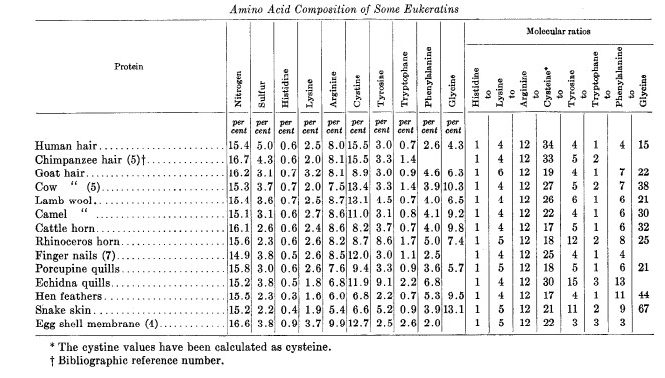This week we return to the rhinoceros and specifically the Southern White Rhinoceros. Since we first covered rhinos in general in Episode 3, we wanted to highlight the White Rhinoceros now and will revisit the other species at some point in the future. In this episode we go in depth to the pressures these beloved animals are facing with the poaching crisis in Africa.

WHITE RHINOCEROS (AFRICA)
- Northern white rhinoceros -headed to extinction with 2 animals left
- Southern white rhinoceros -estimates of over 20,000 animals left
TRUTH ABOUT RHINO HORN
The rhinoceros is being heavily poached for its horn in the belief that it provides medicinal value to humans. Repeated analyses have proved that the chemical makeup of rhinoceros horn does not differ from human hair, finger nails, porcupine quills, among many other keratin-based compounds. There is absolutely no medicinal value of rhinoceros horn and not one single scientific-based study linking rhinoceros horn to any healing properties.

Below is a table of chemical composition of rhinoceros horn compared to other keratin-based material.

RHINO HISTORY
The rhinoceros evolved with a group of species know as ‘odd-toed’ ungulates. Each species of rhinoceros has three toes on each foot. The rhinoceros closest relatives include the horse and tapir.

Over the past 55 million years, there have been many variations of the rhinoceros to include the Woolly rhinoceros and the Giant rhinoceros of Siberia. All have naturally gone extinct to provide the wide variation seen in today’s species.

RHINO PHYSIOLOGY
The rhinoceros can live up to 40 years in the wild. The Southern white rhinoceros can stand up to 6 feet (1.8 m) tall at the shoulder and weigh 5,000 lb (2,300 kg). The other species of rhinoceros are slightly smaller but are still quite large. The rhinoceros can reach speeds of 35 mph (45 kph) and are known to have poor eye sight. While all the species of rhinoceros differ slightly in size, there are other major physical differences:
- White rhinoceros has a wide square lip
- Black rhinoceros lips have a hook
- Asian species lips are a mixture of both
- Sumatran rhinoceros have long hair
The rhinoceros can eat up to 120 lb of food a day. The white rhinoceros and Indian rhinoceros are both grazers and mainly eat grasses. The Black, Javan, and Sumatran rhinoceros are browsers and eat a varied diet of grass, plants, leaves, bark and small branches. Interestingly, the White rhinoceros can eat many poisonous plants and not have suffer any bad side effects.


